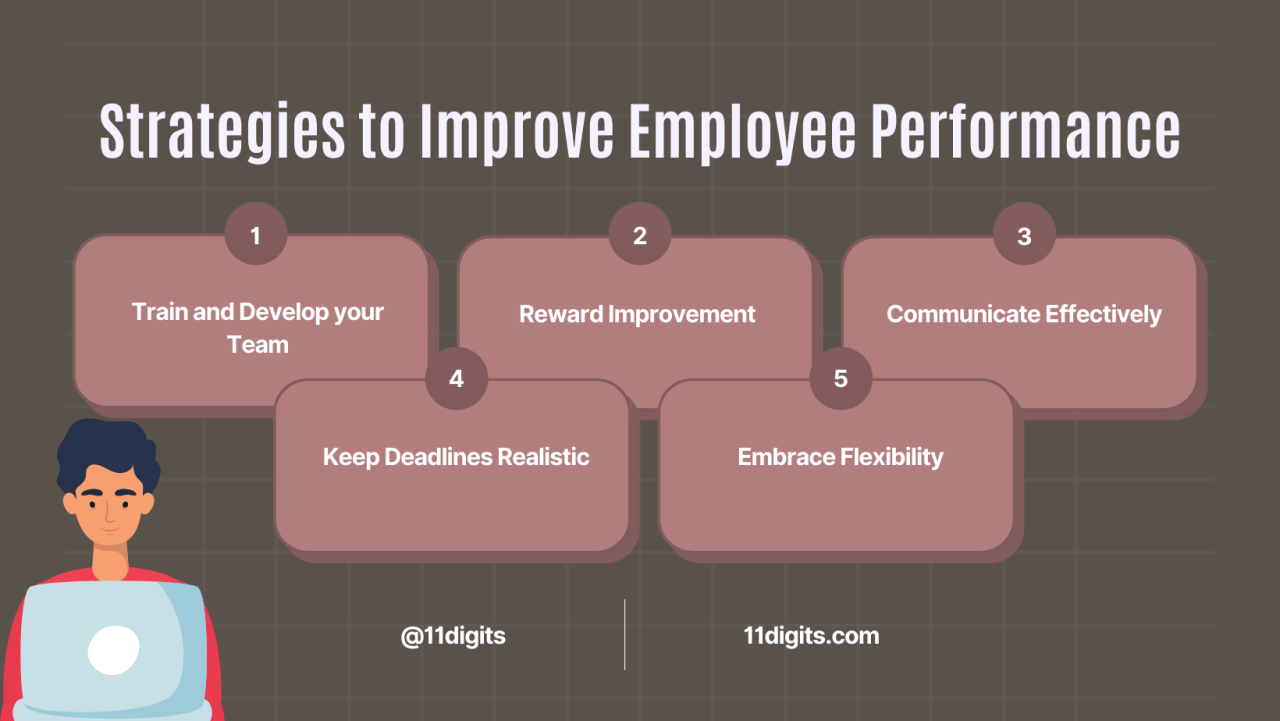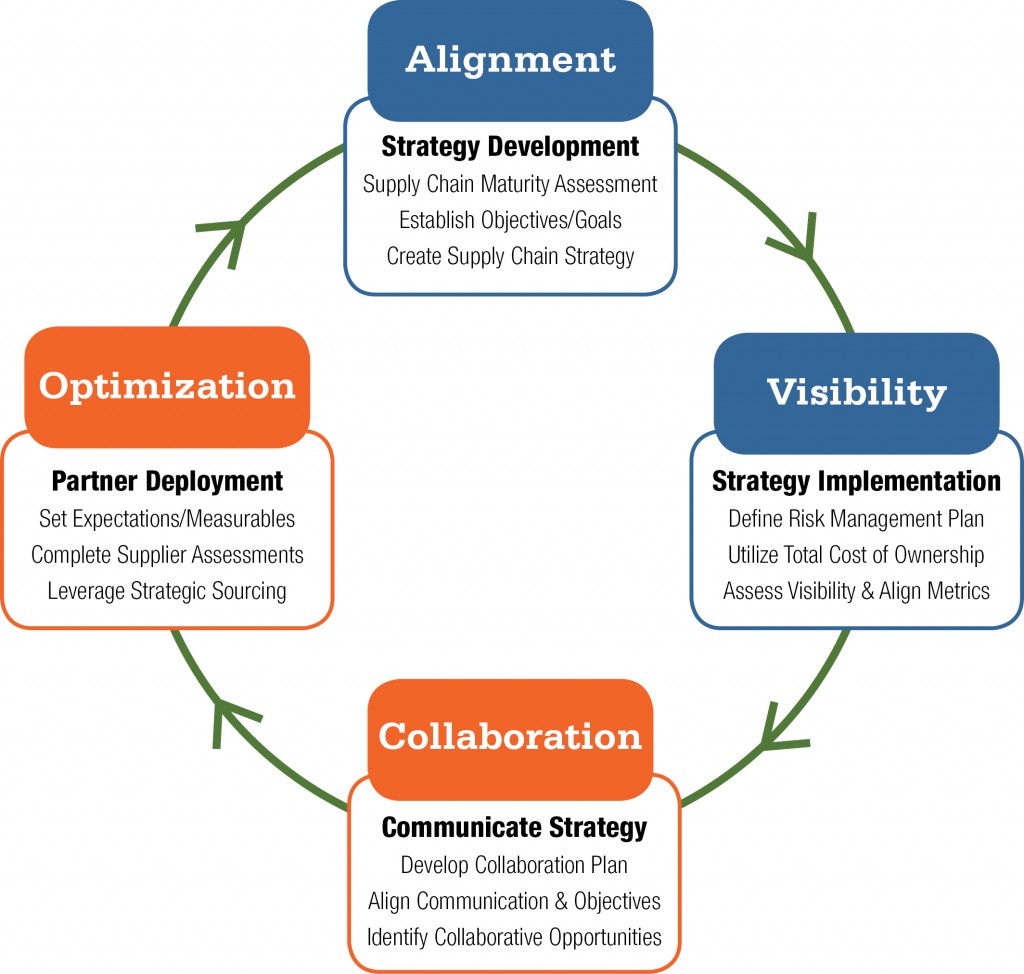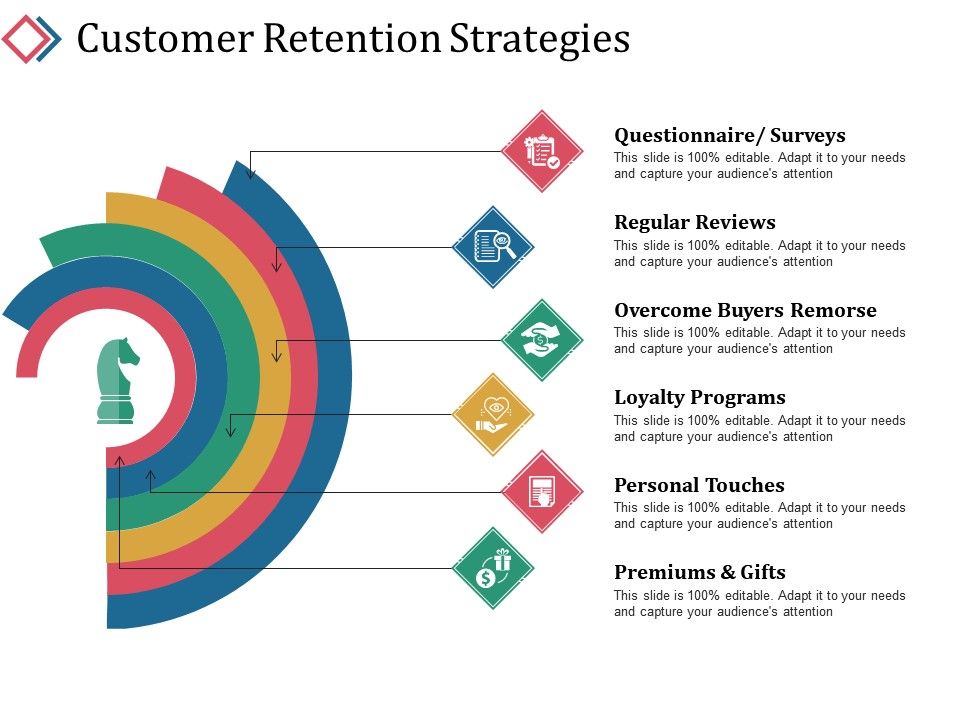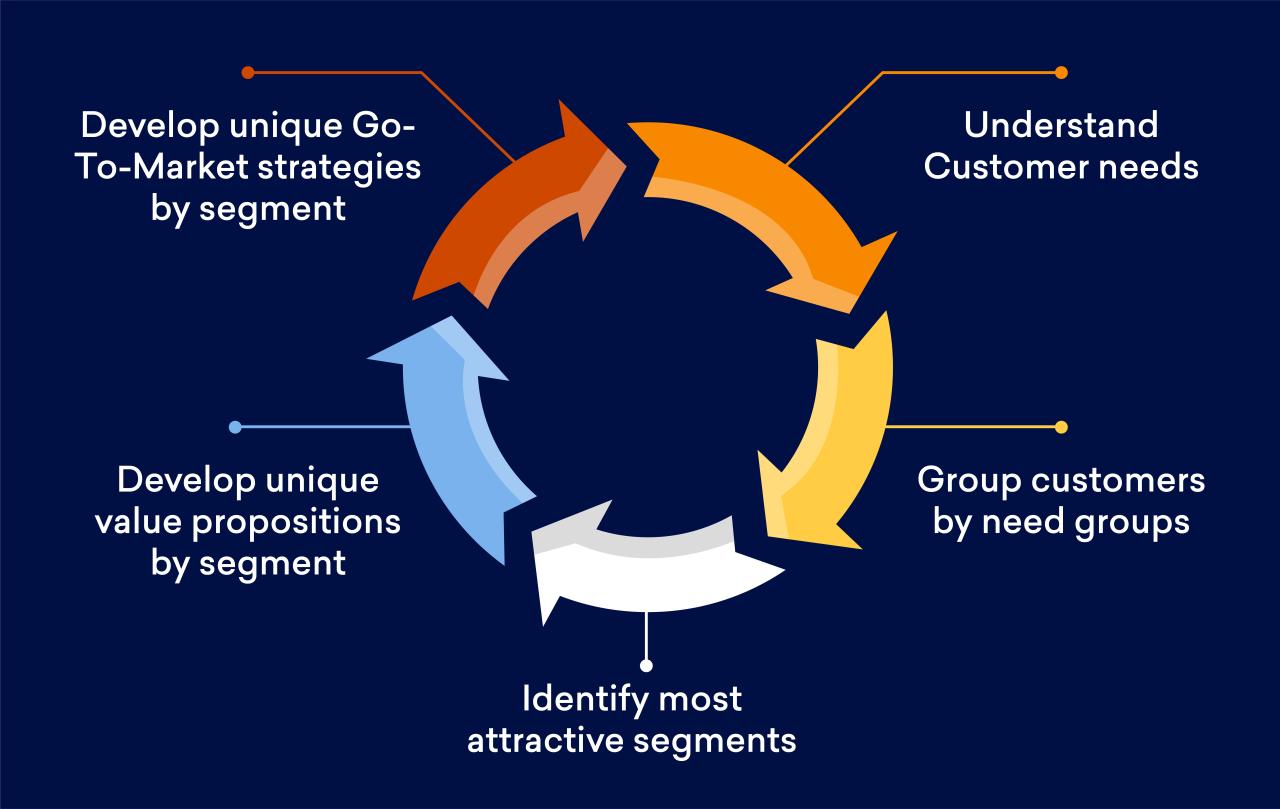Employee Performance Evaluation Methods
Employee performance evaluation methods stand as a cornerstone of modern workplace practices, offering a pathway to optimize workforce potential and drive organizational growth. Embark on a journey to explore the diverse methods, unravel their nuances, and unlock the transformative power of performance evaluations.
As organizations navigate the ever-evolving business landscape, the ability to accurately and effectively evaluate employee performance has become paramount. Performance evaluations provide a structured framework for assessing individual contributions, fostering professional development, and aligning employee goals with organizational objectives.
Performance Evaluation Methods
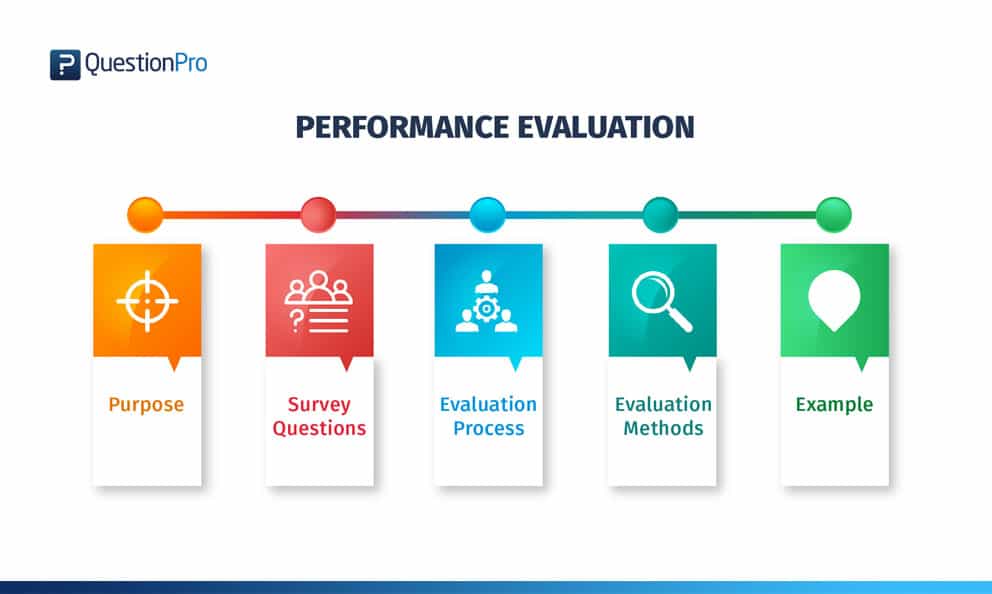
Performance evaluation is a crucial process that enables organizations to assess the contributions of their employees. It helps identify strengths, weaknesses, and areas for improvement, leading to enhanced performance and organizational success. There are various methods used to evaluate employee performance, each with its own advantages and considerations.
Performance evaluation methods can be categorized into two main types: objective and subjective. Objective methods rely on quantifiable data, such as sales figures or production output, while subjective methods involve qualitative assessments based on observations, feedback, and opinions.
Goal-setting
Goal-setting is a widely used performance evaluation method that focuses on setting specific, measurable, achievable, relevant, and time-bound (SMART) goals for employees. Performance is assessed based on the employee’s progress towards achieving these goals.
Behavior-based
Behavior-based performance evaluation methods assess employees based on their observable behaviors and actions. These methods involve identifying critical behaviors that are essential for job success and evaluating employees’ performance against these behaviors.
360-degree Feedback
360-degree feedback is a comprehensive performance evaluation method that involves gathering feedback from multiple sources, including supervisors, peers, subordinates, and even customers. This feedback provides a well-rounded view of an employee’s performance and can be particularly valuable for identifying areas for development.
Self-assessment
Self-assessment involves employees evaluating their own performance. This method encourages employees to take ownership of their development and can be a valuable tool for identifying areas where they need to improve.
Factors to Consider When Choosing a Method
Choosing the most suitable employee performance evaluation method requires careful consideration of various factors. These factors ensure that the chosen method aligns with the organization’s goals and accurately assesses employee performance.
Size of the Organization
- Large organizations with numerous employees may benefit from automated or software-based evaluation systems to manage the volume effectively.
- Smaller organizations can opt for simpler methods like one-on-one discussions or peer evaluations.
Industry
- Performance evaluation methods vary across industries due to unique job requirements and expectations.
- For example, sales-oriented roles may emphasize quantitative metrics, while creative industries might focus on qualitative assessments.
Job Function
- Different job functions have distinct performance criteria and responsibilities.
- Technical roles may require specialized evaluations that assess technical skills and knowledge.
- Customer-facing roles may prioritize evaluations that measure interpersonal skills and customer satisfaction.
Level of Employee Experience
- Junior employees may benefit from more frequent and structured evaluations to provide guidance and support.
- Experienced employees may prefer less frequent evaluations that focus on broader goals and professional development.
Benefits of Employee Performance Evaluations: Employee Performance Evaluation Methods
Employee performance evaluations are a valuable tool for organizations and employees alike. They provide a structured and systematic way to assess employee performance, identify areas for improvement, and set goals for future development. Conducting regular performance evaluations offers numerous benefits, including:
Improved Employee Performance
- Performance evaluations help employees understand their strengths and weaknesses, providing them with a clear roadmap for improvement.
- Regular feedback allows employees to make necessary adjustments to their work habits and behaviors, leading to enhanced performance.
Increased Employee Motivation
- When employees feel valued and appreciated for their contributions, they are more likely to be motivated and engaged in their work.
- Performance evaluations provide an opportunity for managers to recognize and reward employees for their achievements, fostering a positive and motivating work environment.
Enhanced Communication between Managers and Employees
- Performance evaluations create a structured platform for managers and employees to discuss work expectations, goals, and areas for improvement.
- Regular communication helps build stronger relationships between managers and employees, fostering trust and understanding.
Improved Decision-Making
- Performance evaluations provide valuable data that can inform decision-making regarding promotions, compensation, and training and development opportunities.
- By assessing employee performance, organizations can make informed decisions that align with their strategic goals and objectives.
Challenges of Employee Performance Evaluations
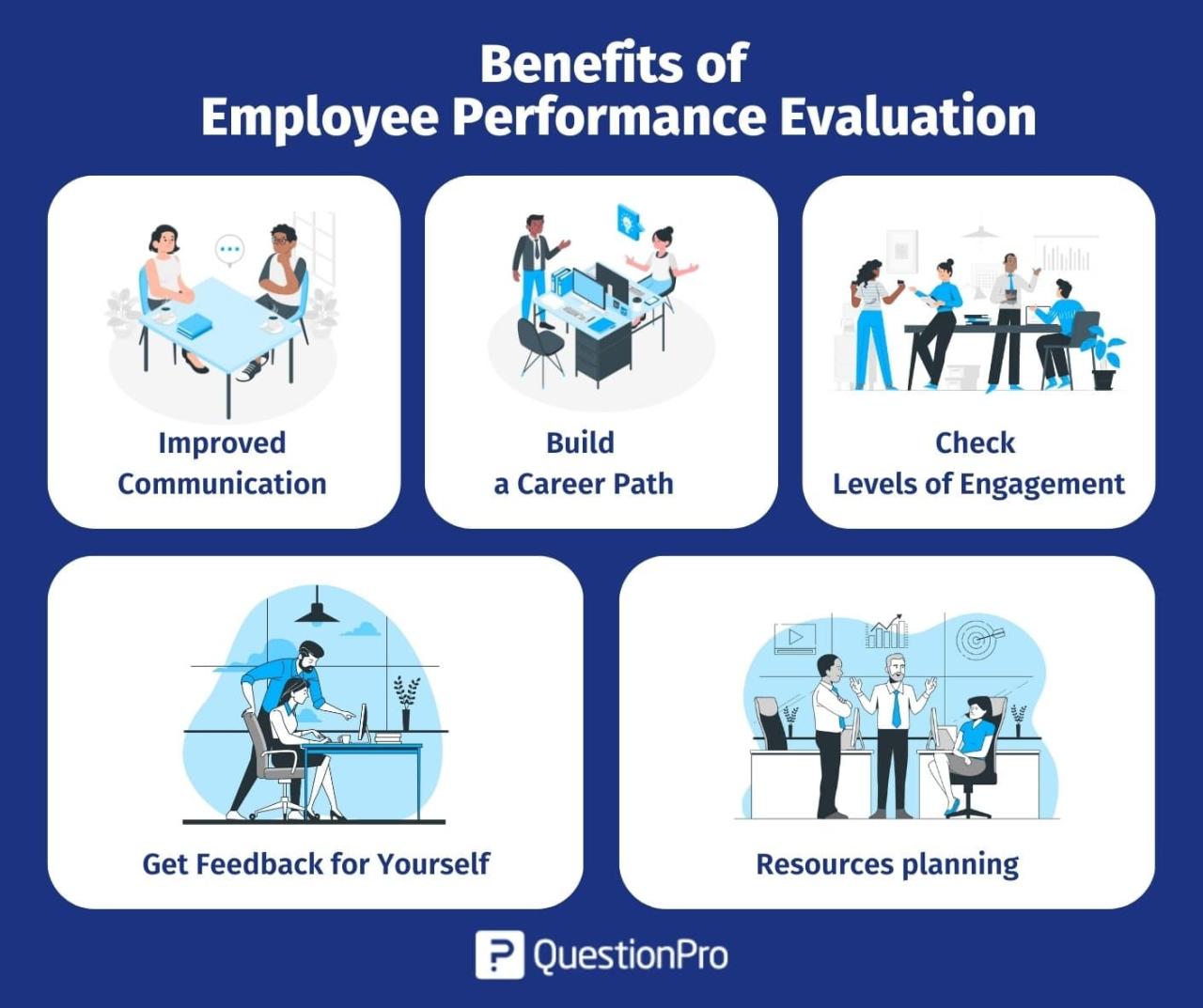
Conducting employee performance evaluations is a critical aspect of managing any organization, but it is not without its challenges. Performance evaluations can be subjective, biased, and inaccurate, leading to unfairness and negative consequences for employees.
Bias
Bias is one of the biggest challenges in performance evaluations. Evaluators may be influenced by their personal beliefs, prejudices, or relationships with the employees they are evaluating. This can lead to inaccurate or unfair evaluations that do not reflect the employee’s true performance.
Inaccuracy
Performance evaluations can also be inaccurate due to a number of factors, such as the evaluator’s lack of knowledge about the employee’s job, the use of subjective criteria, or the influence of external factors such as workload or company politics.
Unfairness
Unfairness is another common challenge in performance evaluations. This can occur when the evaluation criteria are not clear or consistent, when the evaluator does not have sufficient training or experience, or when the evaluation process is not transparent.
Negative Impact on Employee Morale
Unfair or inaccurate performance evaluations can have a negative impact on employee morale. Employees who feel that they have been evaluated unfairly may become discouraged or resentful, which can lead to decreased productivity and increased turnover.
Best Practices for Conducting Employee Performance Evaluations
To ensure effective and meaningful employee performance evaluations, it’s crucial to follow best practices. These guidelines help create a fair and transparent process that fosters employee development and organizational growth.
Set Clear Goals and Expectations, Employee performance evaluation methods
Establish specific, measurable, achievable, relevant, and time-bound (SMART) goals for each employee. Clearly communicate these expectations, ensuring employees understand their roles and responsibilities.
Provide Regular Feedback
Ongoing feedback is essential for employee growth and development. Provide regular feedback, both positive and constructive, to help employees adjust their performance and stay on track.
Use a Variety of Evaluation Methods
Utilize a combination of evaluation methods, such as self-assessments, peer reviews, and manager observations, to gather a comprehensive view of employee performance.
Document Performance Evaluations
Thoroughly document performance evaluations, including specific examples and observations. This documentation serves as a valuable record for future reference and discussions.
Follow Up with Employees After the Evaluation
After the evaluation, schedule follow-up meetings with employees to discuss the results. Use this opportunity to provide additional feedback, set development goals, and offer support.
FAQ Resource
What is the purpose of employee performance evaluations?
Employee performance evaluations serve multiple purposes, including providing feedback on employee performance, identifying areas for improvement, setting goals for professional development, and making informed decisions related to compensation and promotions.
What are the different types of employee performance evaluation methods?
There are several types of employee performance evaluation methods, including goal-setting, behavior-based, 360-degree feedback, and self-assessment methods. Each method has its own strengths and weaknesses, and the choice of method should be based on factors such as the size of the organization, the industry, and the job function.
How can I improve the accuracy and fairness of employee performance evaluations?
To improve the accuracy and fairness of employee performance evaluations, it is important to use multiple evaluation methods, provide clear and specific feedback, and involve employees in the evaluation process. Additionally, it is crucial to minimize bias and ensure that evaluations are conducted in a consistent and objective manner.

